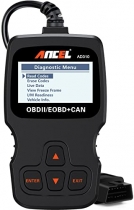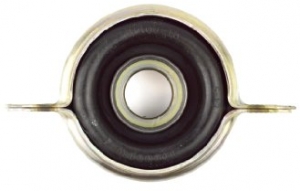-
Welcome to Tacoma World!
You are currently viewing as a guest! To get full-access, you need to register for a FREE account.
As a registered member, you’ll be able to:- Participate in all Tacoma discussion topics
- Communicate privately with other Tacoma owners from around the world
- Post your own photos in our Members Gallery
- Access all special features of the site
1st gen sludge in the valve cover 130k miles
Discussion in '1st Gen. Tacomas (1995-2004)' started by Dutchtaco1gen, Feb 8, 2021.
Page 1 of 2
Page 1 of 2


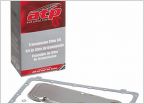 Automatic transmission filter kits
Automatic transmission filter kits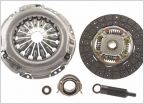 Is the clutch cover supposed to be flat against the flywheel?
Is the clutch cover supposed to be flat against the flywheel?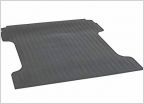 Bed Mats
Bed Mats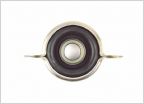 Vibration from 65-75
Vibration from 65-75 Is $335 a good price for dealer to install a timing belt kit?
Is $335 a good price for dealer to install a timing belt kit?



























